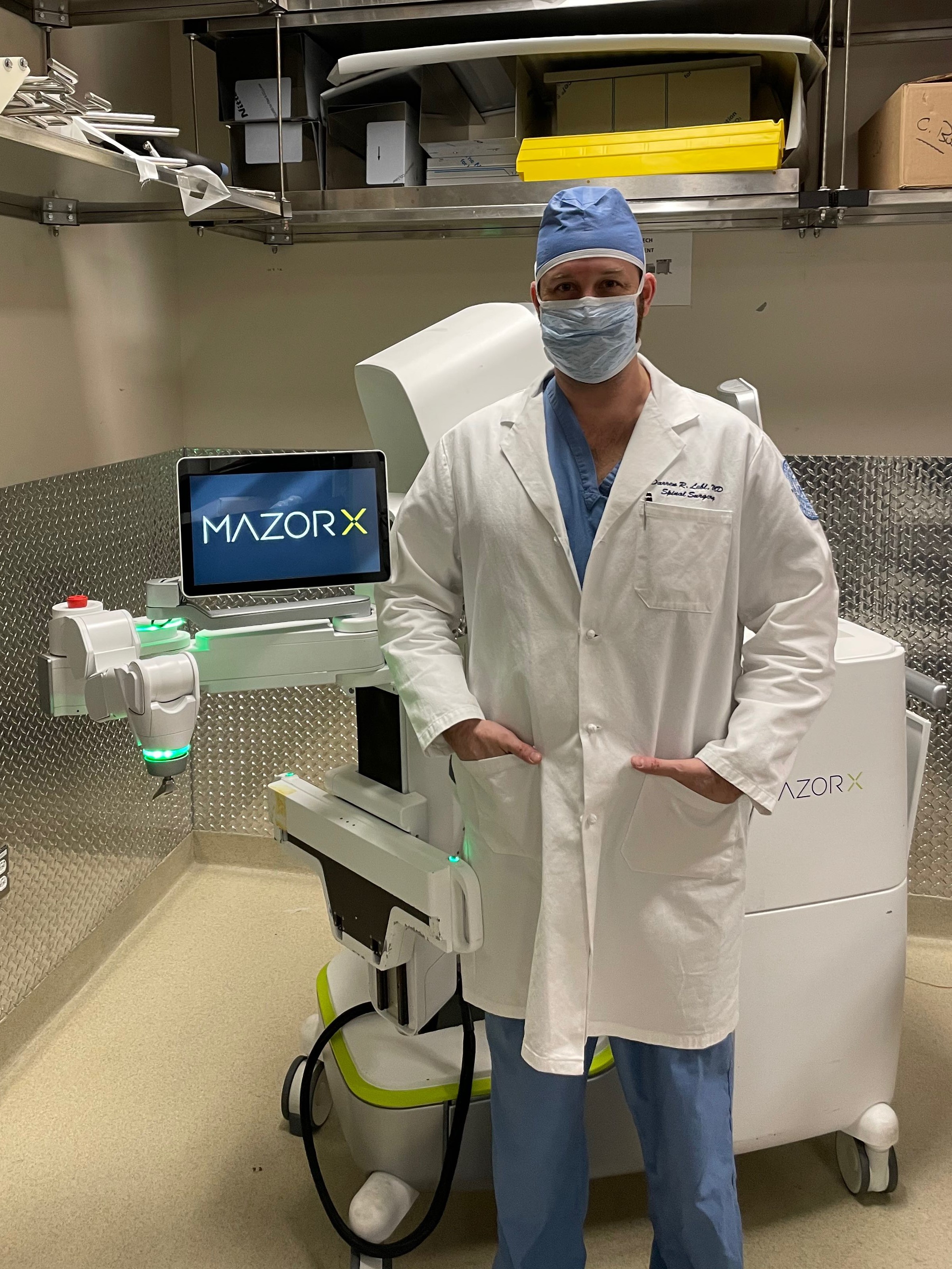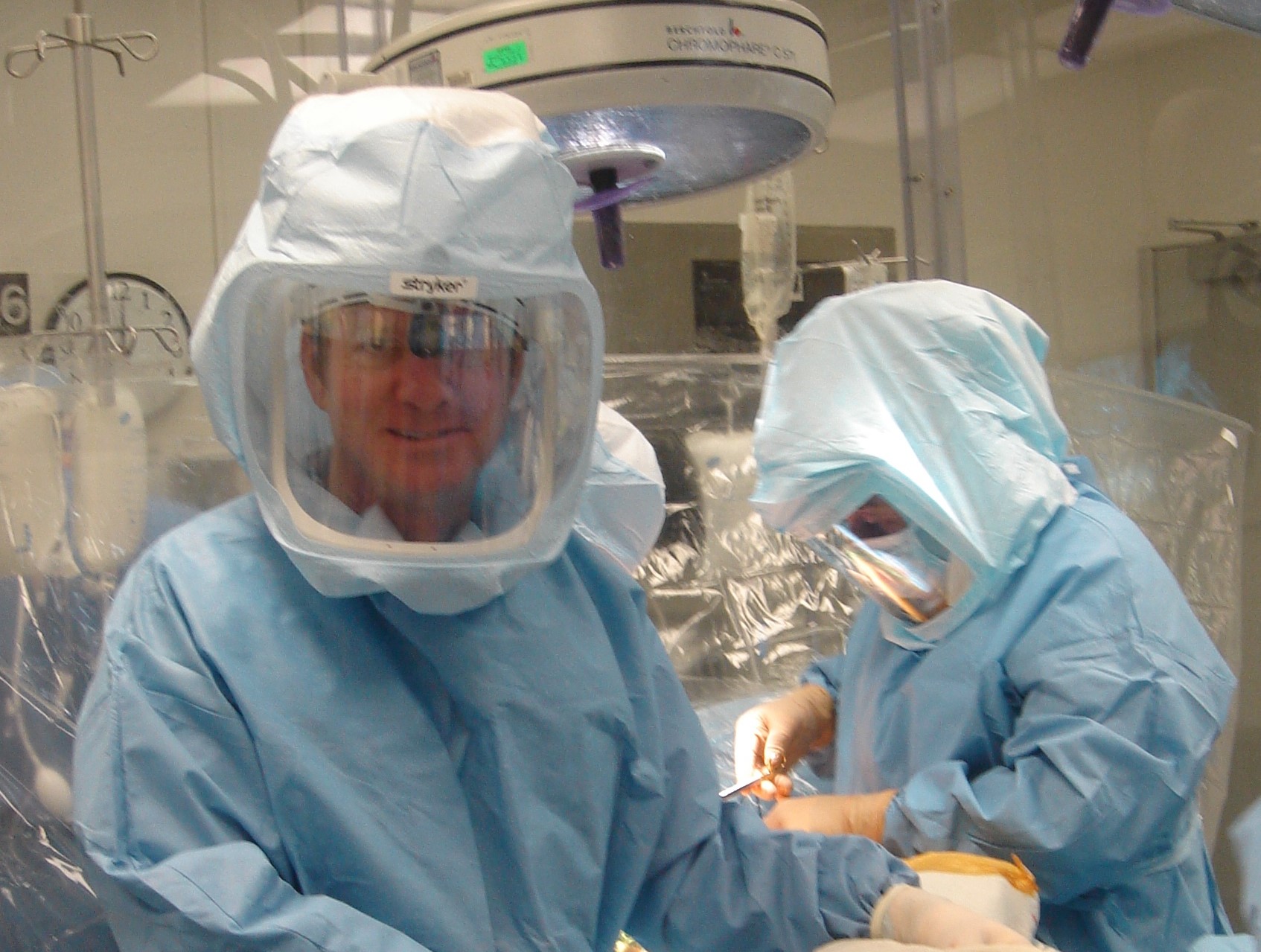The American Joint Replacement Registry (AJRR) surpassed 4 million hip and knee arthroplasty procedures in its database in March, a milestone announced in the 11th edition of its Annual Report released today. Published by the American Academy of Orthopaedic Surgeons (AAOS) Registry Program, the 2024 report analyzes more than 3.7 million of those procedures and reflects data submitted between 2012-2023 from 1,447 institutions across all 50 states and the District of Columbia. It marks an 18% growth in procedures from the previous year.
Tag: Robotic Assisted Surgery
HSS Study Evaluates Robotic- and Navigation-Assisted Pedicle Screw Placement in Adult Degenerative Spinal Surgery
Researchers at Hospital for Special Surgery launched a study to evaluate the accuracy of robotic- and navigation-assisted technology in the placement of pedicle screws in spine surgery. They also set out to determine the extra time needed in the operating room when implementing the new system.

The Future of Joint Replacement is Now
At Rush, orthopedic surgeons Vasili Karas, MD, MS, and Denis Nam, MD, are using new technology to perform joint replacement surgery. Karas and Nam have been using and studying three different types of robotic-assisted surgery in both knee replacement and hip replacement.

Lending a Hand: Use of Robotic-Arm Enables Pinpoint Accuracy During Spine Surgery
Advances such as computer navigation, 3D imaging and robotic-assisted surgery are enabling spine surgeons to perform less invasive, yet more precise procedures at Hospital for Special Surgery in New York City.

Robotics Transforms Knee Replacement Surgery
Robotic-assisted knee replacement allows for optimal alignment and positioning of the knee implant, as well as optimal ligament balancing. This is critically important for the best outcome and long-term success of the surgery, according to Geoffrey Westrich, MD, at Hospital for Special Surgery. Such precision could potentially lead to a longer-lasting knee replacement.

Not Too Young for Knee Replacement
Advances in knee replacement surgery, such as robotic-assisted surgery and improvements in implant design and materials, make it a viable option for younger patients seeking pain relief.